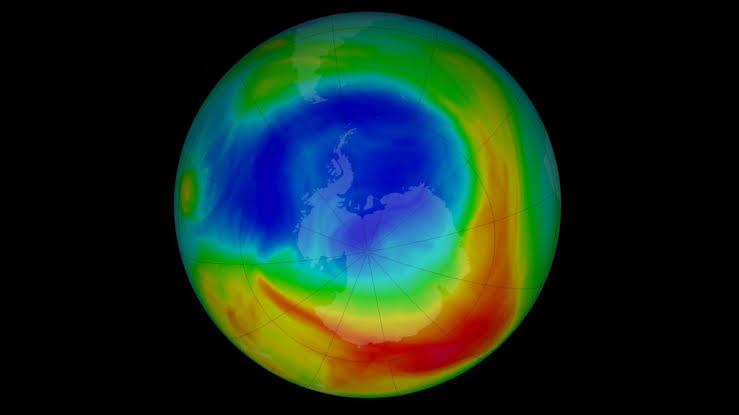The Earth’s ozone layer is on its road to recovery, thanks to decades of work to eliminate ozone-damaging compounds, according to a group of worldwide experts supported by the United Nations.
The ozone layer performs a crucial role for all living organisms on Earth. This stratospheric shield protects humans and the environment from the sun’s dangerous UV radiation.
In May 1985, scientists detected a hole in the ozone layer, which frightened the international community. Scientists had previously discovered that compounds like chlorofluorocarbons, which are utilized in the production of aerosol sprays as well as solvents and refrigerants, might deplete ozone.
Two years following the discovery of the ozone layer’s deplorable status, international agencies adopted the Montreal Protocol. This mandated the elimination of nearly 100 synthetic compounds linked to the deterioration of the critical ozone layer.
The last assessment of the Montreal Protocol’s success indicated that approximately 99% of banned ozone-depleting chemicals have been phased out.
If current practices are maintained, the ozone layer is likely to rebound to 1980 levels by 2040, according to the United Nations. It may take longer in some areas. Experts predict that Antarctica will rebound to 1980 levels by 2066, while the Arctic will recover by 2045.

Comments are closed.